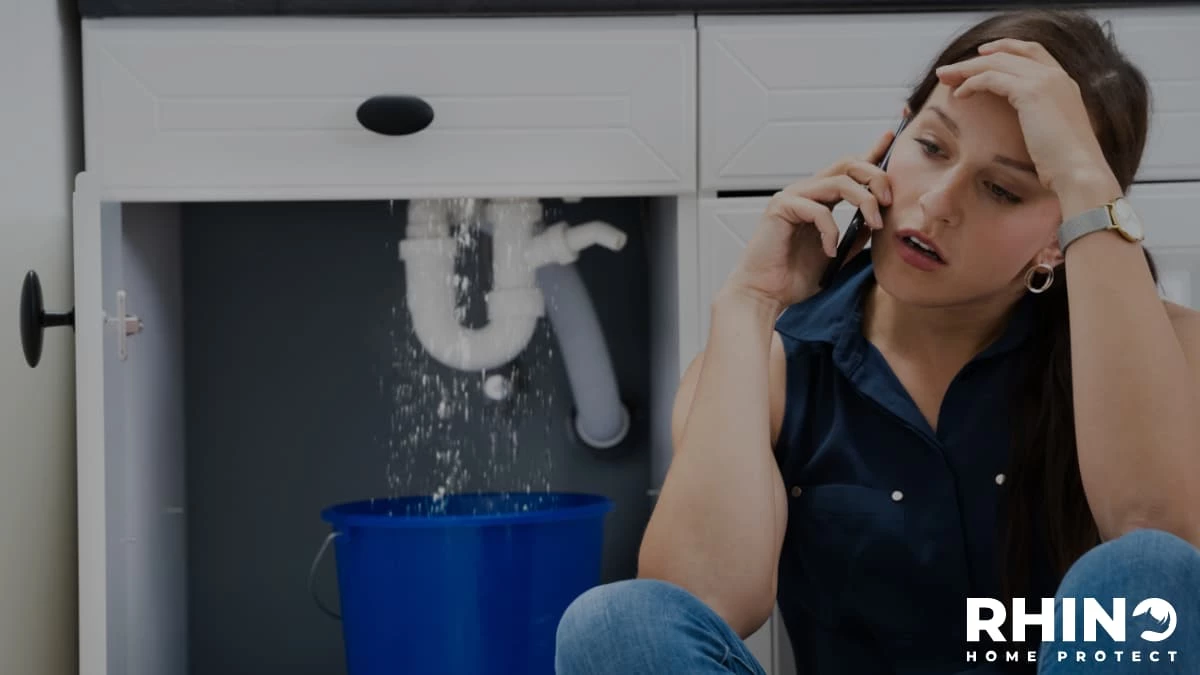What is a house survey?
The house survey is a big deal when buying a house. Essentially, it is an inspection of the property's condition and helps identify potential issues.
It can be easy to miss some fundamental red flags when viewing properties. For example, the condition of the chimney stack might not be high on your checklist when viewing a property, but if it's in poor condition, it could lead to leaks in the future. Another scenario could be that the seller has moved an item of furniture to hide an existing issue that you would have picked up on otherwise. Things like this can cost you further down the line, and it's the job of a surveyor to pick these issues up.
What is the right survey for me?
In our situation, Natwest, our mortgage lender, offered two different survey options; a standard RICS Level 1 survey and a more advanced RICS Level 3 survey. You'll have to ask them why they don't provide a Level 2 survey, but I've researched and listed what you get from each survey level.
RICS Level 1 Survey
Natwest didn't charge a fee for this survey, but it is the cheapest and most basic on the market, should you need to pay for one.
If you have a relatively new house, one built within the last ten years, for example, the likelihood is that you'll probably be ok going for this type of survey. It's not in-depth and doesn't include advice or a valuation, but the chances are that there won't be many issues given the age of the building.
This survey provides a traffic light rating of the property's condition and highlights any issues that may need your attention.
RICS Level 2 Survey
This middle-tier survey is a good option if the property you're looking to buy is in reasonable condition, but you want a little more peace of mind than the standard Level 1 Survey.
The survey will advise on repairs needed and maintenance required. If damp and subsidence are spotted, this will be noted. Issues will be highlighted in the 'traffic light' system so that you know the immediacy of repairs required.
RICS Level 3 Survey
The RICS Level 3 Survey is significantly more in-depth than the Level 1 Survey and Level 2, deals primarily with the building structure and is a good option if you're buying a property more than 50 years old.
Natwest charged us £510 to carry this survey out. It's certainly not cheap, but it does give reassurance. Plus, if you've taken out Home Buyers Insurance with Rhino, you'll be covered for survey fees.
This survey will identify the risks, causes of hidden defects, and recommendations for further investigations. The survey will also prioritise the issues in order of importance so you know which is likely to have the most significant effect on the property.
With this survey, you can ask the surveyor to give you an idea of repair costs and timings of work needed to be carried out.
Who arranges the survey?
In our case, the external company used by Natwest arranged the survey. After agreeing to our mortgage and stating what survey we wanted, this is likely the chain of events that followed:
- Natwest contacts the surveyors informing them of our details and the survey we would like carried out.
- The surveyors contact us to get the property brochure, address and estate agent details to confirm the cost of the survey.
- Upon receiving this information from us, the surveyors confirm the cost of the survey and contact the estate agent to inform them that the survey is set to go ahead and find out when is the best time to do this for the seller.
- The estate agent then contacts the seller to determine an appropriate time for the survey to happen.
- The seller tells the estate agent what time works for them, and then the estate agent contacts the surveyor to confirm when the survey can go ahead.
- Once booked, the surveyor then contacts Natwest and ourselves to let us know when this is happening.
As you can see, it's a very long-winded process, and this is a prime example of why buying and selling a property takes so long.
How long does a house survey take?
Of course, this depends on the size of your property. So, if you're buying a mega-mansion spread over acres of land, it will take far longer than a standard three-bed semi.
The average time it takes to complete a survey is between 1 and 4 hours. Should you require a more in-depth survey, this could take between 3 and 8 hours.
Nervous about house survey
The house that we're looking to buy is relatively old, built in the 1950s, and we know from our viewings that the property does need some work. With that in mind, it made sense for us to go for a more in-depth survey to highlight the property's issues.
We felt that this would give us peace of mind and likely point out issues we'd missed or could not access. We already know that we're going to have to budget for cosmetic work, but if there's structural work to be completed, that may make us reassess whether the property is right for us.
Does the seller get a copy of the survey?
No. And neither does the mortgage lender. You can pass the survey results onto either if you wish, but you are not legally obliged to do so.
The survey is the make or break stage of buying a property for many people. It's the stage where you learn a lot about the structure and surroundings of the property, which sometimes highlight issues that could be a deal-breaker. At the time of writing, we're awaiting our results. Fingers crossed, there are not too many snags!



